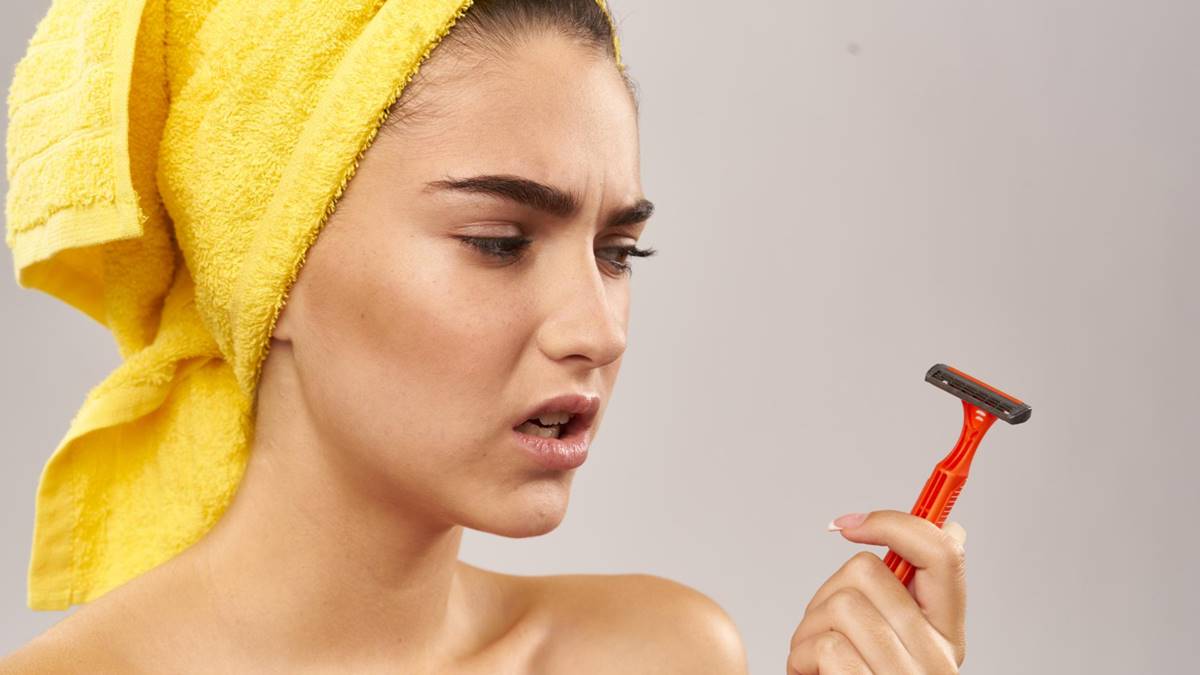Hair removal is one of those beauty rituals that feels timeless — part necessity, part self-care. While razors remain a go-to for many, a growing number of people are turning (or returning) to waxing for a longer-lasting, smoother finish. Whether it’s brows, bikini lines, legs, or underarms, waxing has reclaimed its space in modern beauty routines — especially in the hands of skilled professionals at med spas and aesthetic clinics.
But what’s behind the renewed interest in waxing? It’s not just about smoother skin. As personal grooming continues to evolve, many are choosing methods that align with their lifestyle, skincare goals, and comfort. And for all these reasons, waxing is once again standing out.
Why shaving falls short
Shaving is quick, accessible, and easy — but its benefits are also short-lived. The average shave lasts only a day or two before stubble appears, and for some, the cycle of constant maintenance leads to skin irritation, ingrown hairs, or darkened follicles. Since shaving only cuts hair at the surface, the root remains intact, allowing for rapid regrowth.
Moreover, because razors often remove the protective outermost layer of skin along with the hair, frequent shaving can contribute to dryness, sensitivity, and microtears. Over time, this can make the skin appear rough or uneven — especially in delicate areas like the bikini line or underarms.
For people with thicker or curlier hair types, shaving can also increase the risk of razor burn and ingrown hairs, making the process more uncomfortable than convenient.
Waxing as a precision method
Waxing, by contrast, removes hair from the root, which not only leads to longer-lasting results but can also reduce hair density over time. When hair does grow back, it’s often finer and softer, making future sessions more comfortable and the regrowth less noticeable.
Waxing can provide up to four weeks of smooth skin, depending on hair type and the area treated. This extended window without stubble is one of the primary reasons people prefer it — especially before vacations, special events, or during summer months.
Skilled waxing professionals know how to minimize discomfort and maximize results. They work with the hair’s natural growth pattern, apply appropriate temperature control, and use post-treatment care to reduce inflammation. Compared to the repetitive, sometimes harsh motion of shaving, waxing is more about targeted removal and skincare.
It’s also important to note that waxing can exfoliate the skin gently, removing dead skin cells along with hair and leaving the surface visibly smoother and more radiant.
Enhanced results in professional settings
While at-home waxing kits exist, the best results come from professionals — especially in a med spa environment where hygiene, technique, and comfort are prioritized. In fact, many clients have discovered that waxing services at a medical spa offer a completely different level of care compared to standard salons.
Medical spas often use high-quality, skin-friendly waxes designed for sensitive skin, and treatments are performed by trained estheticians under clinical supervision. These environments also emphasize personalized care — from pre-treatment consultations to post-wax soothing protocols, ensuring that the skin remains healthy, calm, and nourished.
For clients prone to ingrown hairs or pigmentation issues, med spas may combine waxing with LED therapy, calming serums, or light exfoliation techniques that reduce irritation. This comprehensive approach reflects the wider trend in aesthetics: treating grooming as an integrated part of skin health, not just surface maintenance.
Because med spas also tend to offer services like laser hair removal, clients can receive professional guidance on transitioning to permanent options — or mixing methods depending on the area and hair type.
Long-term value and lifestyle fit
One of the strongest arguments for switching hair removal methods lies in the question of value — not just financial, but lifestyle-oriented. While razors are inexpensive per use, the ongoing cost of cartridges, creams, and time can add up quickly. Waxing sessions, especially when done regularly, often reduce the frequency and intensity of hair regrowth, meaning less maintenance over time.
For many, waxing also represents a shift toward intentional, less reactive grooming. It removes the urgency of “I have to shave today” and replaces it with a planned self-care ritual. This can be especially empowering for those managing busy schedules, frequent travel, or fitness routines, where a clean and low-maintenance result is key.
Not to mention, waxing encourages healthy skin habits — avoiding excessive friction, respecting the hair growth cycle, and committing to proper hydration and sun protection.
As awareness around sustainable beauty grows, fewer people are comfortable with disposable razors and plastic-heavy shaving accessories. Waxing, especially in professional settings, creates far less waste, contributing to more mindful beauty choices.
A smarter approach to smooth
Ultimately, if you’ve ever questioned the benefits of waxing over shaving, the answers lie in both science and experience. Waxing isn’t just about removing hair — it’s about treating the skin with intention, minimizing irritation, and enjoying results that truly last.
And in an era where grooming is viewed through the lens of wellness and confidence, waxing fits right in. Whether it’s part of a monthly routine or a pre-event treat, this method continues to win favor with those who value smooth skin and smart skincare.
